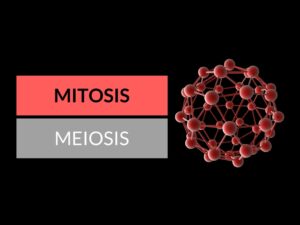Reproduction is the process by which new individuals or organisms of a species are produced in and the genetic material is transmitted from one generation to the other. Organisms perform reproduction in order to perpetuate the races. As a result they are able to survive in this planet. There are two types of reproduction; they are Sexual reproduction and Asexual reproduction. This article focuses on analyzing the differences between sexual and asexual reproduction.
SEXUAL REPRODUCTION
Sexual Reproduction is a type of reproduction in which one or two organisms or individuals are involved. Fusion of gametes occurs and the offspring’s have different characters. There are sexual organs for both male and female and the organs of both male and female come into contact at the time of reproduction.
ASEXUAL REPRODUCTION
Asexual Reproduction is a type of reproduction in which only one organism is involved. There will be no fusion of gametes and The offspring will exactly resemble the parent. There are various kinds of asexual reproduction and some of them are binary fission, budding, fragmentation, parthenogenesis, sports, etc.
DIFFERENCES TABLE
| SEXUAL REPRODUCTION | ASEXUAL REPRODUCTION |
|---|---|
| In sexual reproduction, the involvement and functioning of the reproductive organs plays a main role. | In asexual reproduction, there is no involvement and functioning of the reproductive organs is seen |
| GAMETE | |
| The gamete (reproducing cells) formation occurs in sexual reproduction. | There is no gamete formation occurs in asexual reproduction. |
| IDENTICAL | |
| Offspring that is produced in sexual reproduction possess new characters other than parents. | Offspring that is produced in asexual reproduction is identical to the parent. |
| CELL DIVISION | |
| The gamete formation occurs by means of meiotic division in sexual reproduction. | Only mitotic division is seen in the development of new individuals in asexual reproduction. |
| OCCURS IN | |
| Sexual Reproduction is widespread in multi cellular organisms, humans, animals, insects, etc. | Asexual reproduction is widespread in the prokaryotic microorganisms (bacteria) and in some eukaryotic single-celled and multi-celled organisms. |
CONCLUSION
From the above discussion we can conclude that the sexual reproduction leads the new generation to tolerate adverse and diseased conditions, whereas asexual reproduction don’t offer any tolerance or immunity to their offspring’s. The reproduction ensures continuation of race and helps to retain the life on the planet Earth.




